How to Start Finding a Greener House
http://decor-ideas.org 11/29/2013 22:40 Decor Ideas
So you’re looking for a new home, and you want it to be as green and environmentally responsible as possible. Perhaps it’s because you heard that you can save on utility bills if you have an energy efficient home. Maybe you dig the look. Or maybe you want to try to be an ethical consumer in the face of environmental concerns.
But there’s a lot to navigate if you’re not very familiar with green building and sustainable architecture. Here are just a few tips to help you get started with your search, whether it be for an apartment, a home or building lot; and whether it be a rural, suburban or urban setting.
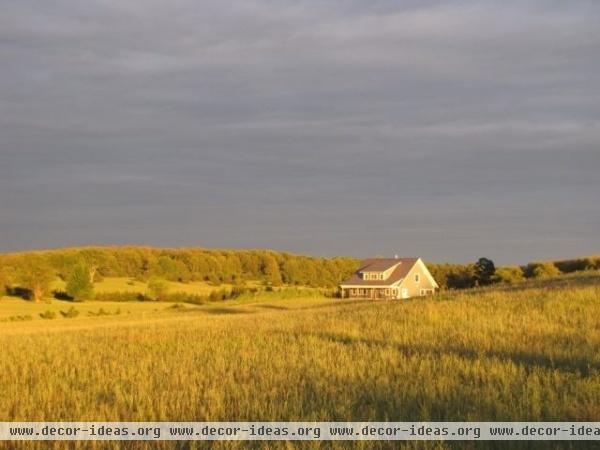
Ask questions, then ask more questions and then even more specific questions
If there’s any one sweeping statement that can be made about the green building industry, it’s that the truth is in the details.
To the naked, untrained eye, it can be tricky to discern the green from the “greenwash,” which is disinformation presented to fake an environmentally responsible public image. The best way to avoid getting duped is to ask about every single detail you can think of, even if you don’t know much about green building.
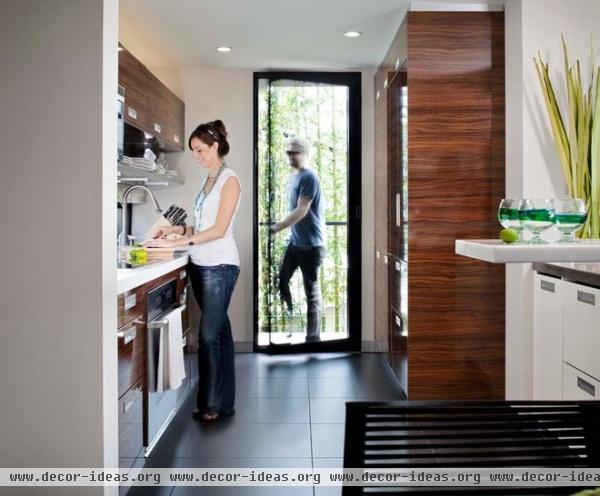
Do as much research as you can about each site you seriously consider. Ask the occupants for previous utility bills; ask the Realtor for official environmental certifications; ask the builder about the detailing; ask the architect about environmental goals in the design; ask the neighbors about the setting and climate.
Once the information starts flooding in, you can assemble a sustainability portfolio for each site you are considering. By the end of your search, you’ll be able to make a more informed decision based on energy ratings, environmental certifications, scientific observations and first-hand experiences.
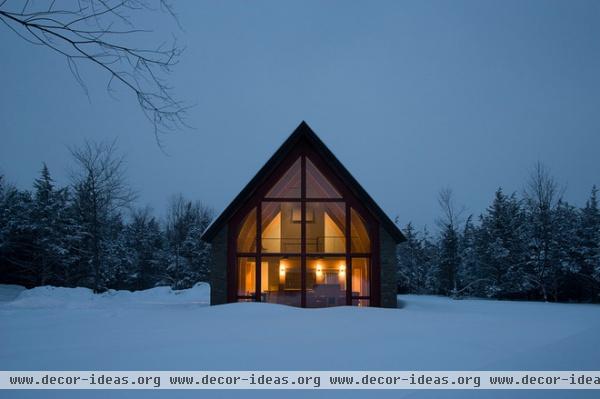
Stand on the site and spot the sun
One fundamental aspect of sustainable design is solar orientation. A building that takes advantage of the sun’s heat in winter and shades it from the sun’s rays in summer is one step closer to efficiency. This is why so many building energy simulations start by asking for the ratio of window to wall on the north, south, east and west sides of the building.
What you’re looking for will depend on your local climate. Do you want the house to heat up in the winter? Then make sure there is nothing blocking the winter sun from shining through the windows.
Read more about designs that take advantage of the sun
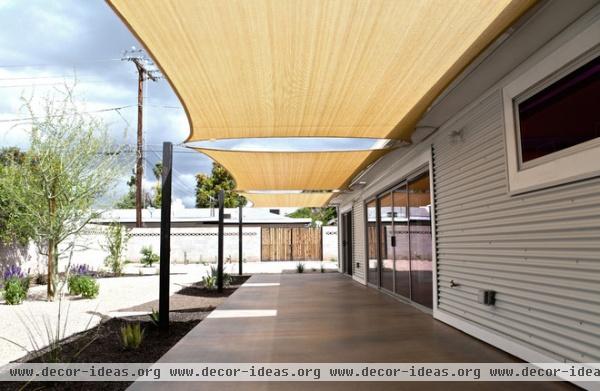
Do you want to keep your house cool in the summer? Then check out the external shading, not just over the windows, but over the walls as well.
We use an app called Sun Surveyor whenever we are evaluating a site. It helps you understand where the sun rises, sets and peaks in all seasons relative to your site. You can even see where the sun will hide behind a neighboring building or looming mountain.
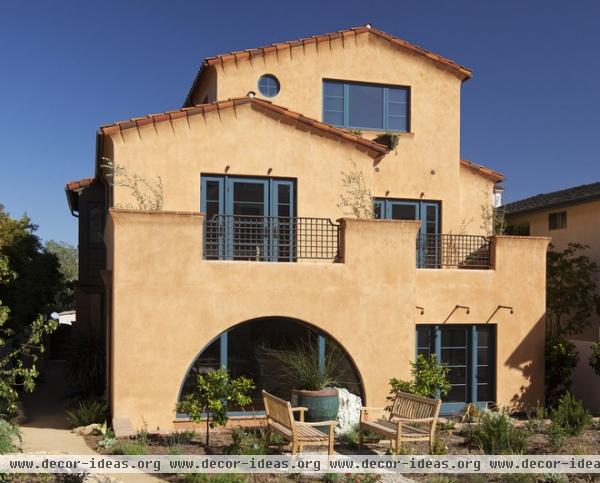
Does the site or building design make use of its setting?
A truly sustainable home will be integrated with its environment and region in ways that go beyond its orientation toward the sun. Even the architectural style can give you clues about how well the designer has responded to local building methods and materials.
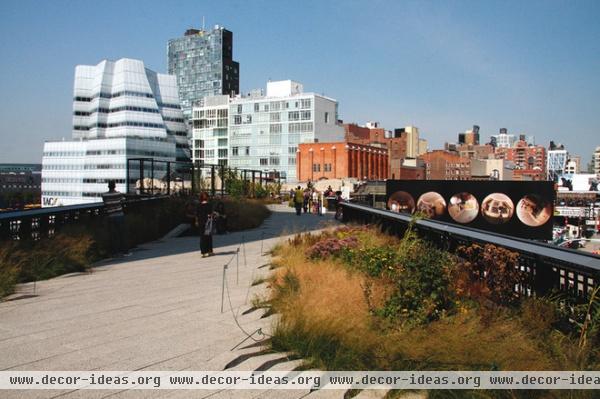
Remember that green living extends beyond the property line. Does the house or building you’re looking at take advantage of existing infrastructure and services, without infringing on virgin land? Is it well connected with public transportation, giving you the option to green your commute as well? One fantastic resource for evaluating various neighborhoods in the U.S. is WalkScore, a site dedicated to grading communities for their pedestrian friendliness.
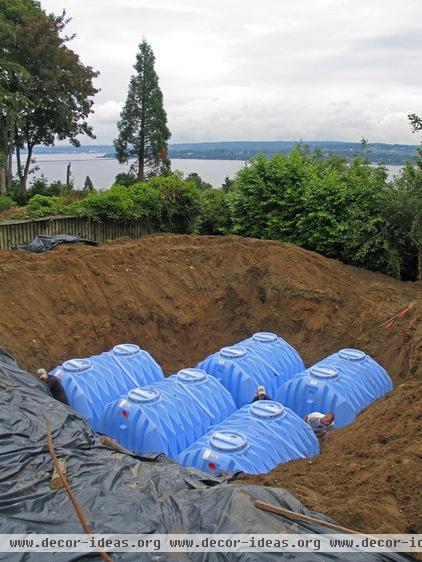
Does the home or apartment building have any sort of energy efficiency documentation?
Here’s where it may get tricky. There’s a lot going on behind walls and under slabs that you may not immediately see, such as these rainwater cisterns tied into an irrigation system for a Seattle home.
Certifications and other kinds of documentation about a house can be one way to get reliable information about what’s going on.
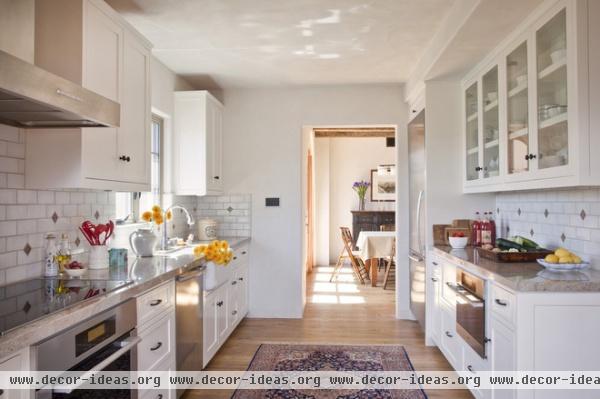
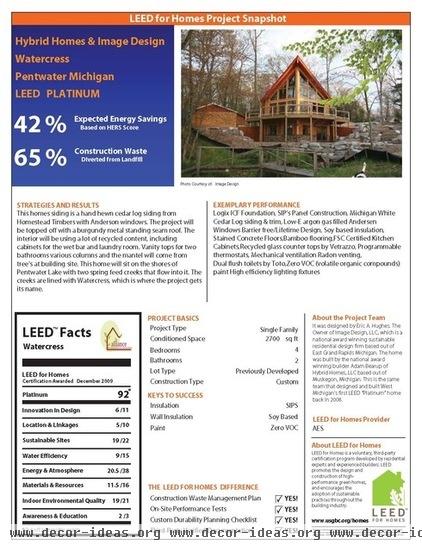
These days, there are a lot of energy efficiency certifications floating around, some of them more reliable than others. They range from entire building energy simulations to kitchen appliance ratings.
As a place to start, I would ask about any local, regional or state energy certifications to see if the home you are looking at claims any specific advantage over average homes on the market.
Then, of course, you’ll need to vet that certification scheme to make sure it actually has some substance to it.
You can do this by asking a green building professional for a mini-consultation to evaluate the information you’ve been given. Or you can get your hands dirty and investigate yourself.
There are also many third party voluntary certification schemes such as LEED and Passive House (the two that I work with most often), which require extensive documentation in order to receive a certification. Once you ask for copies of that paperwork, you can learn a lot more about the strengths and weaknesses of the building.
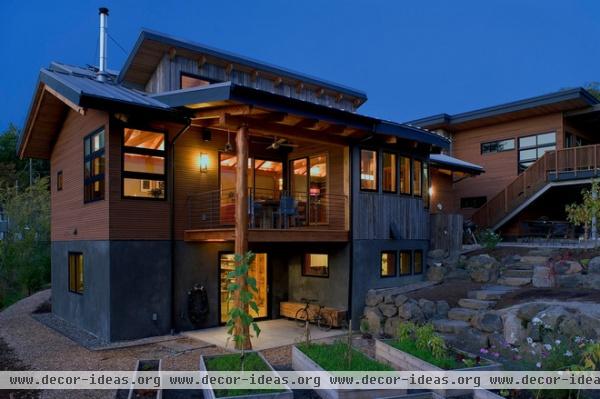
In the end, you are the most important factor in making a home green
We need to start thinking about our houses the way we think about our electronics. We can’t just expect it to do everything for us; we have to know how to use our houses correctly to get the best results.
The more we understand why our home functions the way it does, the more we can start to optimize its performance. And that’s what green building is really all about: optimizing efficiency and sustainability.
What’s LEED All About, Anyway?
Related Articles Recommended












